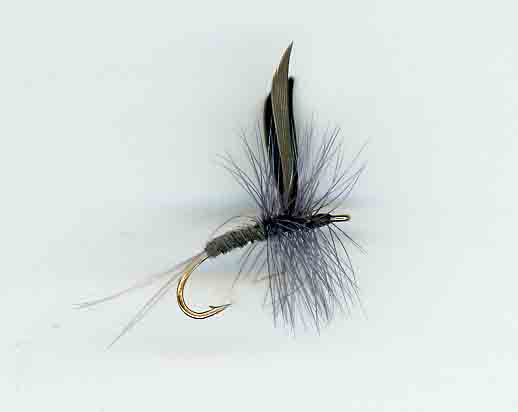Welcome to River Magic
Stillwater Slim on the Line ... March 29, 2011
|
 April!This week I’d hoped to report on Dieppe’s 8th annual Fly Fishing Forum, but Molly and I came down with a flu bug and couldn’t make the event, which I’m hearing was a great show. It was just in time for Nova Scotia’s fishing season, which will open this Friday, April 1st.
April also means the start of our lobster season, but I’m hearing that, due to rising gas prices and falling lobster prices, our lobster fishermen may delay getting out there until mid-May. I’m told the rationale behind this thinking is to give lobsters time to make their way inshore, which will save our fishermen considerable time and money chasing them way out offshore. Warmer inshore waters are expected to increase lobster activity and improve catches as well. But the main reason is less expense, after all, a big lobster boat is a bit of a gas guzzler.
Anyhow, because this has never been tried here before, there’s a remote possibility that lobsters may just walk ashore and save us all a lot of money. This unusual behavior is thought by scientists to be some variation on the spawning ritual, sort of like romantic dining and dancing. Should it occur, I’m sure it will attract other diners as well. Moonlit June evenings on the beach are recommended.
It’s a little early for biting insects, but scientists are telling us that we’re in for a heavy blackfly season this year. The phenomenon is believed to be linked to global warming, resulting in more numerous and larger blackfly hatches. Studies have also shown that the average weight of our blackflies has been slowly but steadily increasing since the year 1995, and, if this trend continues, we may see blackflies as large as houseflies in the near future. As my friend and neighbor Bruce Weir says, to embellish a fishing story, “The mosquitoes were like partridges”.
If global warming produces bigger insects, it may be wise to start tying our mayfly imitations on size 10 rather than size 12 hooks. Here’s Sheet Harbour fly tyer Bill Williams’ solution:
Blue Dun
Hook – Tiemco TMC 200R, size 10 - 14 Thread – Black GSP, 75 Denier Tail - Stiff blue dun saddle fibers Body – A single blue dun goose shoulder or quill fiber, wrapped Wing - Blue dun duck quill segments Hackle - Blue dun neck or saddle dry fly hackle Head - Pro Lac head cement.
Please send comments and suggestions to slim@rivermagic.ca
And by the way, APRIL FOOL! Let’s hope the Prime Minister and our party leaders are just kidding too!
Please stay on the line … |